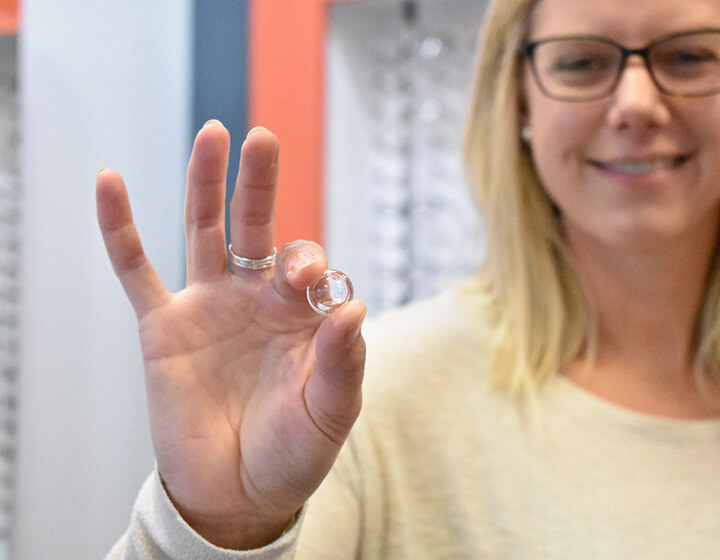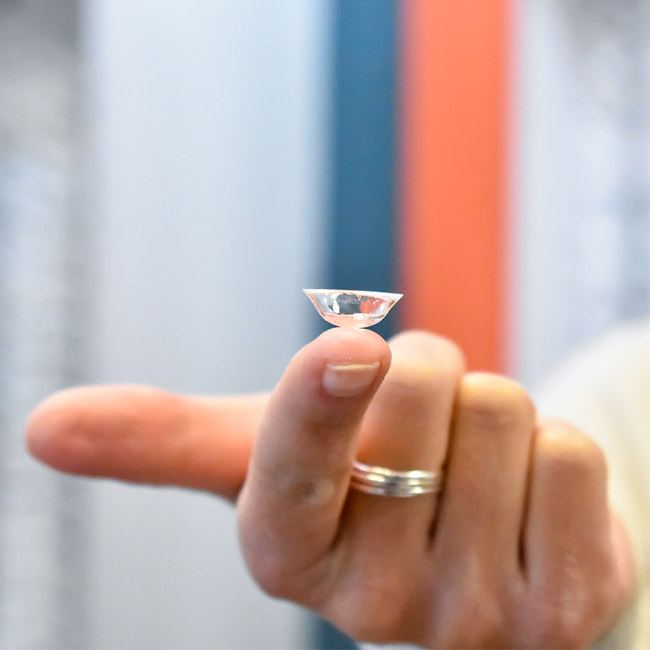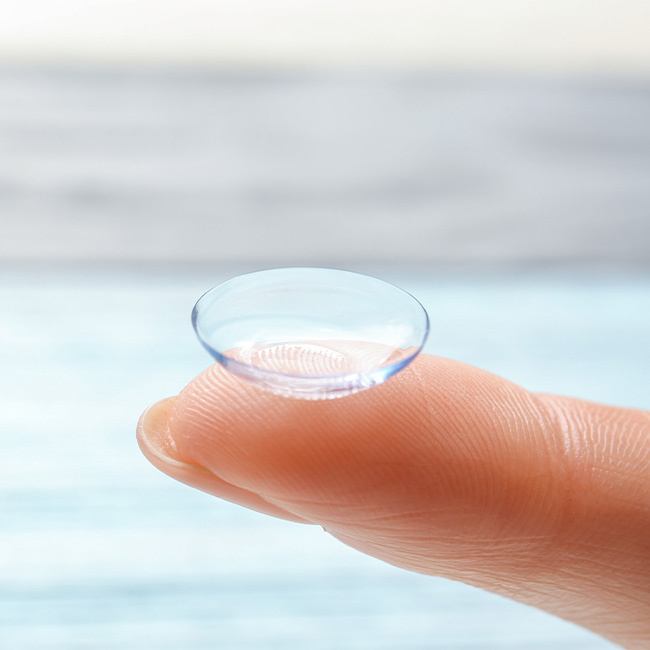Scleral Lenses in Allendale, MI

Specialty Lenses for Dry Eye, Hard-to-Fit Eyes, & More
Many patients love the freedom and clear vision contact lenses can bring, but for patients who find standard lenses uncomfortable or difficult to wear, Family Vision Optical has solutions, including scleral lenses. Even better, our Dr. Nick Lillie is a scleral and specialty lens fitting specialist, and one of the few in the area to offer these lenses.



For patients who have chronic issues with dry eye symptoms, Dr. Lillie — the area’s expert dry eye doctor — and our sister dry eye clinic, Rejuvenation, are here to help. We offer incredible solutions that can reduce or eliminate your dry eye and quickly get you seeing comfortably.

Why Choose Us?
At Family Vision Optical, we stand out as one of the few practices offering scleral lenses, with Dr. Nick Lillie being a recognized specialist in specialty lens fittings. Our commitment to providing the best for our patients is reflected in our use of cutting-edge technology, ensuring precise and comfortable lens fittings. We invite you to schedule a contact lens exam with us and experience the difference that expert care and advanced technology can make in your vision and comfort.

